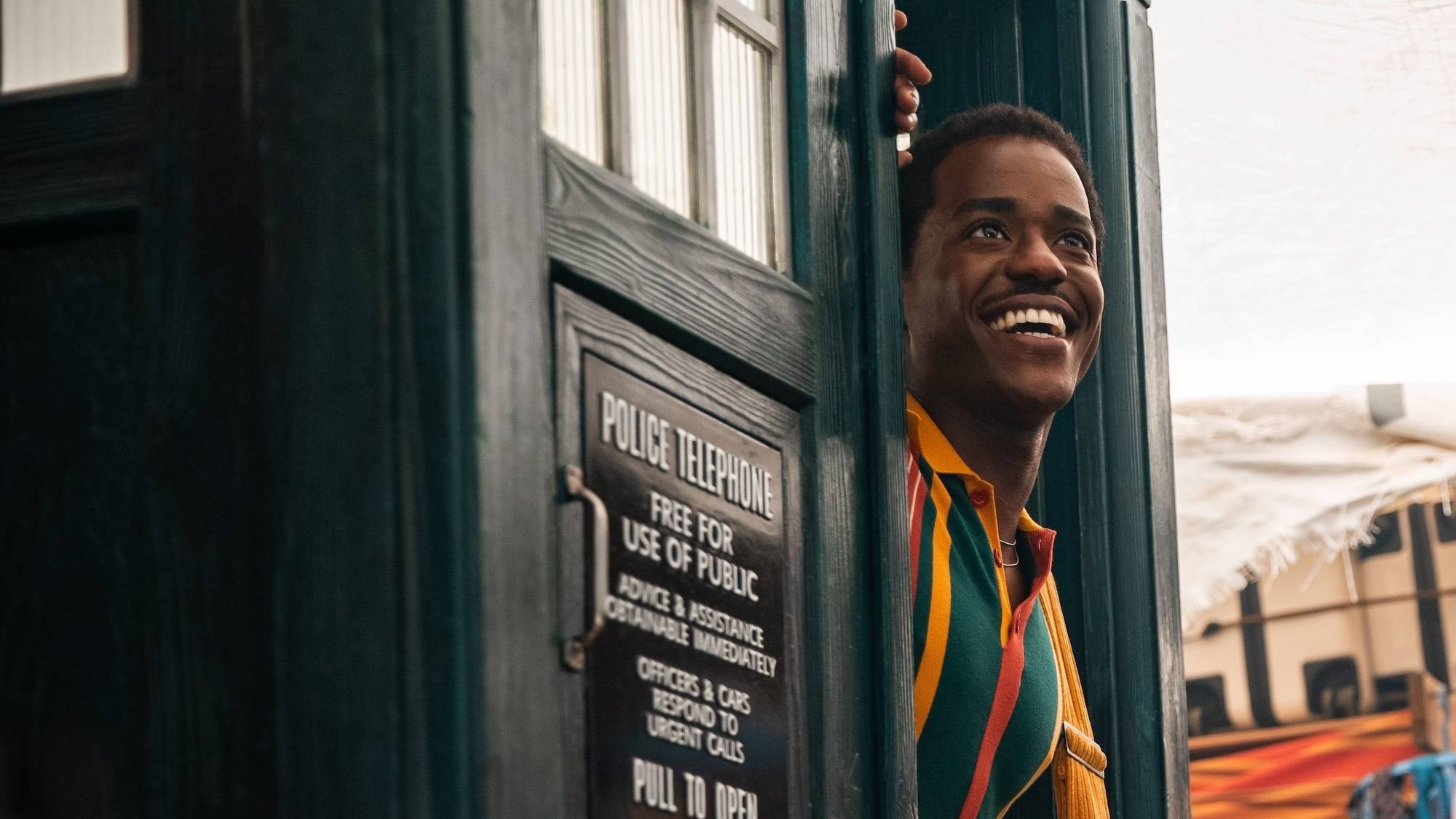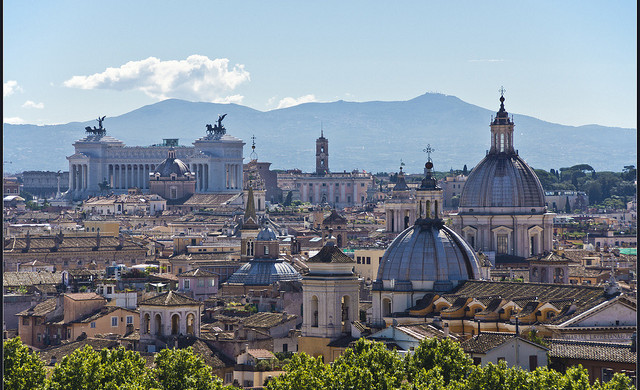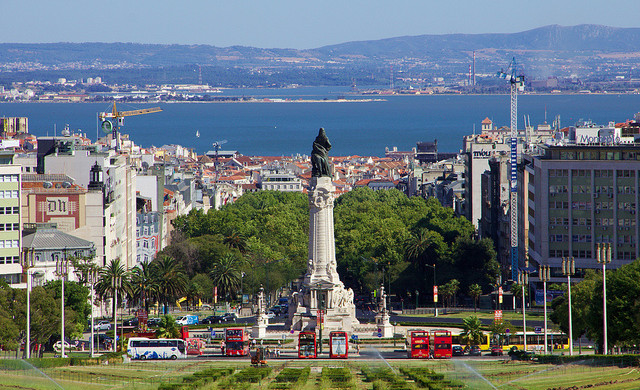Duck report—at last!
After a huge amount of kerfuffle, we now have Esther and her six ducklings on the pond. First, Esther and Mordecai foraging pre-reproduction, with the drake dabbling: I was previously unable to show Esther’s nest nest as, for the first time in our experience, a hen nested on the ground, digging a shallow depression and … Continue reading Duck report—at last!

After a huge amount of kerfuffle, we now have Esther and her six ducklings on the pond. First, Esther and Mordecai foraging pre-reproduction, with the drake dabbling:
I was previously unable to show Esther’s nest nest as, for the first time in our experience, a hen nested on the ground, digging a shallow depression and laying what I thought were eleven eggs (actually, there were eight). She laid the last egg and began sitting on them on April 10. They hatched 26 days later, on May 6 (the median is about 28 days). But they don’t go to the water until the day after hatcing. It seems a lot longer than fo days! I sat by the pond all day on Water Day, and on their first full day of life (the 7th), and half a day yesterday (to protect them when the dreaded Plant Cages of Death were fixed). One baby was found dead by the nest, and we lost one of the seven that went into the pond on the first night. But now we’re stable, I hope, at six.
Esther nested: on the ground under a tree. I became aware of it when a student named Will emailed me with this map (click to enlarge).

Here’s the site of her ground nest, under this tree (anybody know the species?)
Where she dug her nest, It’s a good site for a ground-nesting duck, protected and hidden, but unfortunately right by a sidewalk where tons of people walk. We immediately wanted this area to be protected.
The good people at facilities put a fence around the tree within a day. I was very grateful. The fence went around the tree except for a gap on the far side where she could walk out, though she could also swim out or fly in.
Facilities, smartly, did not put a sign on the fence lest people get curious and stick their heads in. Esther had to remain undisturbed for the nearly month of incubation.
The nest site (Esther is sitting where I’ve circled.
She would take a break from nesting for anywhere between 10 minutes to half an hour on about two of every three days. Every 15 minutes or so I looked out my window, which overlooks the pond, to see if she was in the pond, and if she was I’d run down and feed her. She was ravenous (incubating uses up considerable metabolic energy: the temperature under her belly, where the eggs lie, is about 100° F), and she also needed a bath and a preen from sitting in the dirt. When she was off the nest, I snuck a picture of her eggs. I thought there were eleven, but I see only eight, which accounts, with the death of one outside the nest and the disappearance of another, with our present six ducklings.
This is not a great nest, and I suspect Esther is a first- or second-year hen, somewhat inexperienced. The nest should be lined with feathers she plucked from her breast, which we’ve seen in all other nests, but there are none here. The thing on the left by the cement is not an egg but a rock.
It was only when she was on the nest that I discovered how cryptic the coloration of mallard hens are. They in fact almost exactly match the color of the ground when it’s dappled with sunlight. Nobody ever noticed her after the fence was up unless I had to tell someone who was sticking their head into the fence., Here’s how cryptic she was sitting on her eggs. You can barely make out the white in her feathers. This is all, of course, an adaptation to hide from predators or randy drakes.
A reveal:
She’s a bit more obvious here. She moved around, adjusting and turning the eggs so they were evenly incubated. I think they get a quarter-turn per day.
Mordecai rested patiently nearby for the whole month. He was elated at the rare times Esther came off the nest, and was by her side immediately. I couldn’t help anthropomorphize the situation, thinking he must be lonely, and wondering whether he knew what was to come. (Evolution is cleverer than you are!)
This is hatch day: May 6, 2025, the day they began coming out of the egg. This video was filmed by an undergrad, and my thanks to her. You can see one wet duckling head underneath her; this individual must have hatched not long ago. There’s also a drier one, which hatched earlier. You can hear the undergrad say “Oh my God, oh my God”, her reaction to the fantastic end of the incubation process. Remember that mallards are ground-nesters in nature, and she was behaving “normally.” But because all of our other ducks have incubated on safer window ledges, so we were tense for the whole months.
All day the next day, May 7, I sat on a bench near the next, protecting the fence around mother and babies from any disturbances and waiting till I knew they would hit the water. This photo was taken within a minute of their doing so. They know instinctively what to do when they enter the pond: follow the mother and SWIM. Yes, there are seven babies, and, sadly, one disappeared the first night. I couldn’t find a body despite searching the pond and the surrounding area for an hour. I think a predator got it.
Now that I can show the details of the incubation, I can put up more videos and photos of the family (Mordecai is still here, driving off intruding drakes). Stay tuned.




















































































